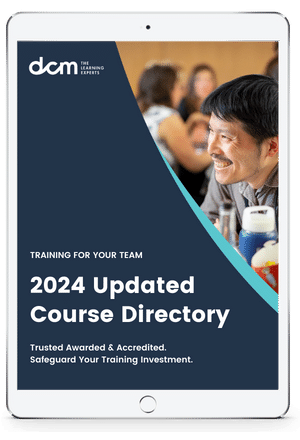Manufacturing
Scrum implementation also has proven merits in the realm of physical production and manufacturing. While the key principles outlined in the Agile Manifesto itself speak specifically to software, the theory can be applied to product manufacturing in a similar fashion.
- Comparable to finding bugs in a live system for software projects, issues with manufacturing are often found after the product is in the hands of the customer.
- Making new products opens a business up for this inherent risk, but a scrum master can alleviate the pains.
- Production errors can be costly to investigate, mitigate and correct.
- If there is a Scrum Master involved in the production practice, problems can be identified much earlier in the supply chain. If an agile shop is lacking a scrum master, someone from the core production team would lose momentum and valuable efficiency would be lost and the chain would be halted.
- Defects don't get packaged and delivered to customers, bad experiences are avoided, and your customers are more likely to recommend and shop with you again.
Pharmaceutical
Companies have been significantly changing their organizational structure over the last years from a traditional model to a Scrum/Agile model.
1. Culture: Pharma companies applying the traditional model have a culture that is characterized by stability and strong process orientation, with pre-defined work that is largely performed in silos. Scrum/Agile firms, in contrast, are essentially learning organizations that adopt a culture of experimentation in which empowered employees collaborate across silos in a results-oriented way.
2. Organisation: Traditional organizations are characterized by homogeneous teams, separated by areas of expertise and levels of hierarchy, resulting in rather slow decision-making and limited innovation. Scrum/Agile organisations, on the other hand, rely on teams, in which representatives of relevant subject areas and levels of hierarchy are integrated – resulting in faster decision-making and more powerful innovation. This setup allows agile organizations to limit the need for future reorganisations because teams can respond flexibly to dynamic market conditions.
3. Ways of working: Firms organized by a traditional model have work environments that value in-depth knowledge of established processes and stability as well as the use of traditional methods; they focus on long planning cycles and risk avoidance. A Scrum/Agile model, in contrast, creates a work environment that fosters innovation and learning in line with customer needs.
4. Work infrastructure: In traditional organisations, employees work with office applications installed on fixed hardware like desktop PCs. Employees in agile organizations, however, work in open and dynamic office designs, often through flexible work models. They also rely on mobile platforms and innovative collaboration tools to form global virtual teams. To be clear, some agile teams that are widely used at startups in other industries may lead to security and compliance risks at large pharma companies.
A comprehensive Scrum/Agile transformation results in tangible benefits for companies and their customers, in both quantitative and qualitative terms. Scrum thinking empowers employees by abolishing silos, leading to a broad shift in cultures and mindsets and making organizations more attractive to the best employees.
The customer experience improves through customer-centric ways of working. In sum, agile is the way of the future, and organizations need to start planning for that future today.
PSM Scrum Master Reviews: Stories from Our Customers
Over the past 2 years, almost 3,000 learners (2,819 to be exact) have come to DCM to learn more about scrum and get certified. Read (and watch) their reviews to see how our courses have helped them achieve their career goals.
Inhouse Tailored Training for Your Team
We provide training programs that are developed by industry, for industry. Our range of programs can be delivered in a way that suits the needs of your business to offer your employees learning that is accessible and flexible.
We add value to your business by providing specialised, flexible and scalable training that meets your training needs. As your workforce grows and evolves, our globally certified and industry-validated learning solutions can assess, train and qualify your employees. For more information on how we can help please visit the in-house training page.
Membership, Stay Connected. Stay Relevant.
Completing a program is a point-in-time exercise that delivers huge value, but there is a next step to maintaining the currency of your skills in the ever-evolving professional world.
Membership is the next step.
A unique platform, membership is designed to ensure that you are in tune and up-to-date with the latest tools, trends and developments. Being a member provides just-in-time training and continuous professional development, and an exclusive and evolving content library informed by subject matter experts and industry leaders.







